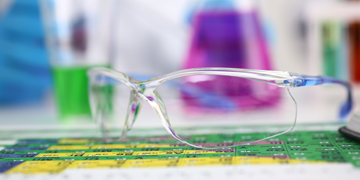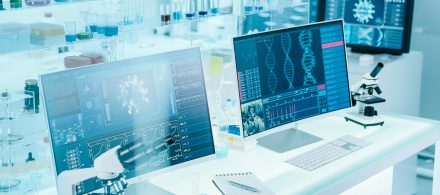The European Commission’s Joint Research Centre (EC- JRC) tender to collect and organise mechanistic knowledge related to the toxicological effects on target organs observed in animal models after repeated exposure to chemicals
In recent years, considerable progress has been made towards promoting the development, validation, acceptance and use of alternative approaches to […]
Read More










